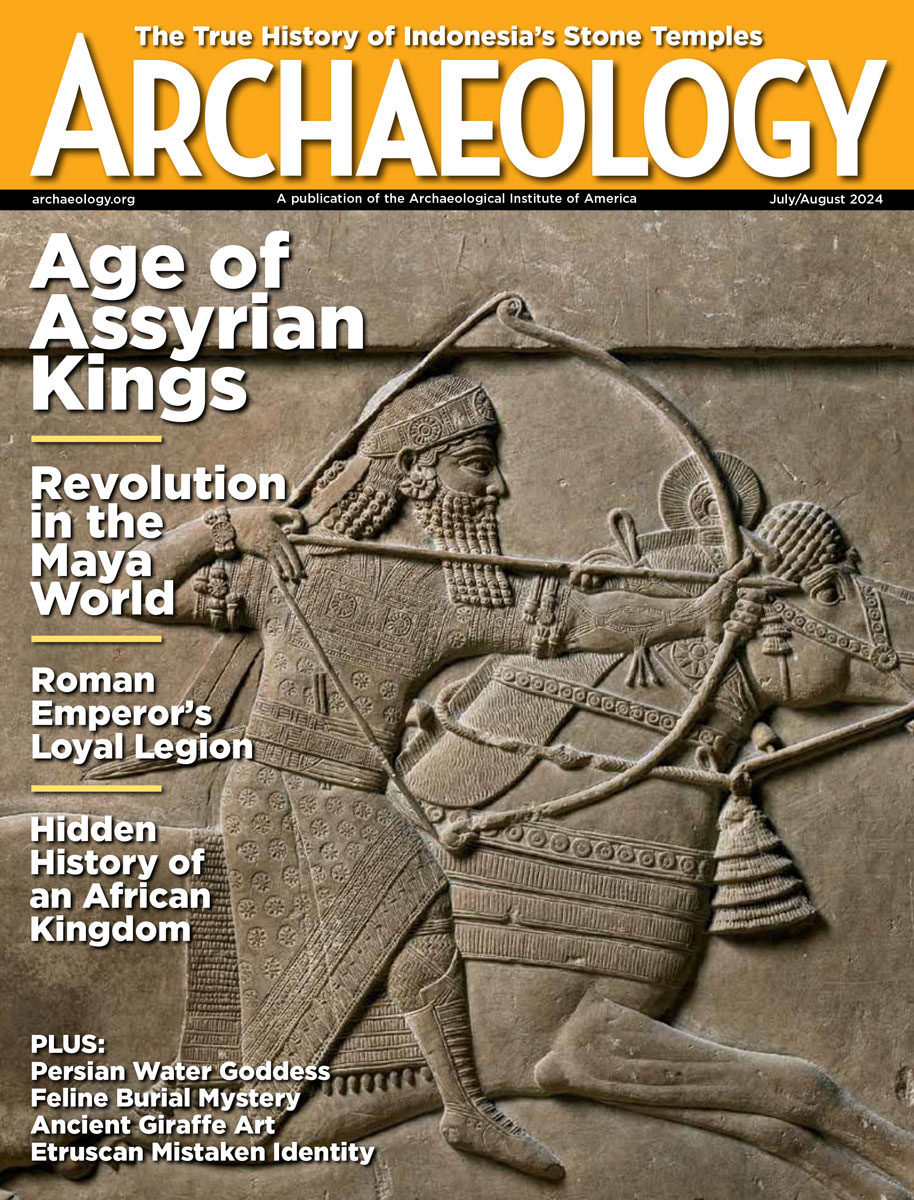Wednesday, June 6
June 6, 2012
Archaeologists from the Museum of London Archaeology have uncovered walls of the Curtain Theater, where Romeo and Juliet and Henry V were first performed by William Shakespeare’s company, the Lord Chamberlain’s Men. The theater opened in 1577, and was used by Shakespeare between 1597 and 1599, when the Globe Theater was completed. The building was described as “this wooden O†in the prologue to Henry V. “Although the Curtain was known to have been in the area, its exact location was a mystery,†said a spokesperson for a development company working at the site. The Curtain could be preserved as a centerpiece of its new housing and shopping project.
A light detection and ranging survey (LiDAR) of the rainforests of the Mosquitia region of Honduras has located archaeological ruins beneath the extremely thick canopy. The survey was conducted by a team of scientists from the University of Houston and the National Science Foundation Center for Airborne Laser mapping. The lasers were used to collect information to create elevation maps that could be examined by scholars.
Battlefields from the American Revolution and the War of 1812 are in danger of being lost to development, according to the U.S. Department of the Interior. Congress is considering a bill that would expand the American Battlefield Protection Program, which has provided money to local governments to buy Civil War sites. “It is surprising how little attention is given to the sites from the Revolution and the War of 1812. There are very few protected sites associated with that enormously significant period,†said Thomas J. Cassidy, Jr., of the National Trust for Historic Preservation.
Cuts to Park Canada’s budget have triggered a plan to move artifacts unearthed in Atlantic Canada’s national parks from a new facility in Nova Scotia to Ottawa, Ontario. “For our historians and our researchers, it should be here. I can see where we’re going to move this to Ottawa and then when we need to make an exposition or whatever we have to bring this back from Ottawa,†said Charles Gaudet, director of La Fédération acadienne de la Nouvelle-Écosse.
A shipwreck off the coast of Cork County, Ireland, may have been a late sixteenth- or early seventeenth-century pirate ship or a trader. Coconuts from the South Seas and Iberian pottery have been recovered, in addition to ship’s timbers and barrel staves. “I am astounded by the recovery of such exotic finds which may be the earliest appearance of coconuts in Ireland,†said marine archaeologist Julianna O’Donoghue.
- Comments Off on Wednesday, June 6









